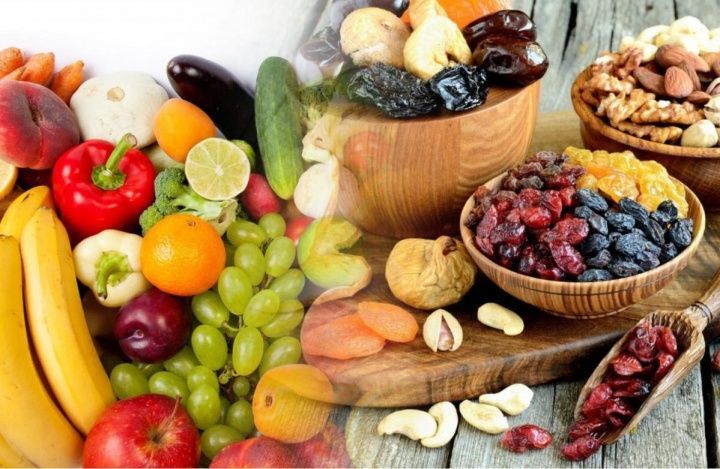According to the EastFruit Central Asian team, quite unexpected and dramatic changes in the fruit market have begun to take place in the region. The thousand-year-old traditions of high consumption of dried fruits in the region began to give way to new trends. The younger generation prefers fresh fruit even in the off-season, which leads to price anomalies. Primarily, it is noticeable in Uzbekistan and Tajikistan.
For example, spring frosts this year led to the loss of a significant part of apricots for drying, but this had little effect on their prices. Bakhtiyor Abduvokhidov, international consultant at the Food and Agriculture Organization of the United Nations (FAO), believes that the reason is a decrease in demand for dried fruits, primarily in the domestic market.
There are several reasons for it. First of all, new varieties and technologies for growing fruits emerge that can significantly extend the season of their fresh sale. This means that fresh fruits are available.
The second important factor is an increase in the level of income of the population, which allows them to pay more for fruit. This, in turn, justifies investments in new technologies for their cultivation and the introduction of new varieties.
The third factor is the dynamic development of modern technologies for storing fresh fruit. Fruit storage facilities with controlled atmosphere (RGS) and their variations, such as ULO, CA, DCA, etc., are not new to Central Asia. These technologies, in turn, allow preserving quality of table grapes, apples and other fruits almost throughout the year. The same fruits that are not subject to long-term storage can be stored for several weeks. A good example is cherries, which, in the case of hydrocooling and modified atmosphere bags (MAP) bags, can be stored in the fruit storage for up to two months without losing quality!
Another important point is the health benefits of consuming fresh fruit. This became especially noticeable with the onset of the coronavirus pandemic, when sales of some fruits, especially those high in vitamin C, skyrocketed. It has calmed down since then, but health-conscious consumers still prefer fresh fruit.
The fifth factor is the liberalization of international trade, which allows to reduce price fluctuations and increase the supply of fresh fruits in the markets of all countries of the region. Uzbekistan and Tajikistan are good examples. There has been almost no trade between these countries for many years. However, it has been actively developing in recent years. This year, for example, Tajikistan, which suffered much less frost damage than Uzbekistan, is actively supplying fresh stone fruits and berries to the neighboring country.
Does this mean that the traditional drying of apricot, which we showed in the video “Dried apricots – how are they grown, harvested, dried and sold in Tajikistan ” is becoming a thing of the past? This is most likely the case. However, this does not mean that dried fruit is unnecessary. The global trade in dried fruits tends to decline, but high-quality products will always be in great demand.
The use of the site materials is free if there is a direct and open for search engines hyperlink to a specific publication of the East-Fruit.com website.




